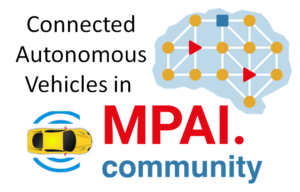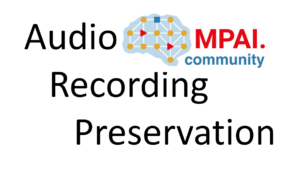Introduction
This is the 4th episode of my series about the deficiencies of the organisation that calls itself International Organisation for Standardisation and claims “to develop high quality voluntary International Standards which facilitate international exchange of goods and services, support sustainable and equitable economic growth, promote innovation and protect health, safety and the environment”.
I do not intend to make comment on how the mission is achieved – that is for everybody to judge – but on what is further up and produces the claimed international standards.
In the first episode This is ISO – A feudal organisation I analysed how the ISO structure is permeated by an attitude befitting more the early Middle Ages than the end of the second decade of the third millennium. In the second episode This is ISO – A chaotic organisation I highlighted how standards making is negatively impacted by a work allocation that responds to a logic of power, not of efficiency. In the third episode This is ISO – A hypocritical organisation I described how the ISO/IEC directives make minute prescriptions on debatable or irrelevant issues, while big issues like governance are simply swept under the carpet.
In this episode I will analyse how ISO investments in Information Technology (IT), an indispensable tool in today’s standards making process, go awry causing harm to the very processes the IT investment is supposed to improve. This is a serious issue with two faces: thousands of people are forced to do useless work and National Body money is incompetently squandered.
Making standards editing digital
The idea of digitising the workflow that produces standards is sound. However, whether it makes also sense depends on how it is designed.
Most of the work MPEG was doing at the time of the MPEG-1 Committee Draft (1991) was already electronic, but few carried what were at that time heavy laptops. The MPEG-1 editors sent files to the secretariat, but I do not know if the secretariat forwarded files or paper to the ISO Central Secretariat (CS). Also, I do not know in which form ISO CS sent the drafts back to the editors for review. I would not be surprised if all correspondence were paper-based.
Two years later, at the meeting that approved the MPEG-2 CD (November 1993), all MPEG processes were electronic, but paper still ruled. Notwithstanding the anti-environment record 1,000,000 photocopies, the event marked the beginning of a golden age that lasted about 20 years. Editors sent their MS Word files to the secretariat who reviewed and sent them to the ISO CS who would annotate the files received from the editors and send the annotated Word files back to the editors.
A golden age is called such because people can later refer to it as a time when everything ran so smoothly. In fact the standard development workflow was already digital. The dark age came when ISO thought they should “improve” it. They commissioned a system that converted word files into an SGML format. This would be the master file that would be annotated, converted to PDF, and sent to the editors. I imagine ISO CS thought this was a great idea, but the result was that editors could not access the SGML editor and even if they could, they would continue editing their Word files. The PDF caused all sorts of troubles, the most remarkable being the loss of all links from one section to another section of the file, sometimes running by the hundreds in a 500+ page document. The editors went crazy trying to recover the vital information lost.
Digital support to standards making
In November 1995 MPEG created a system that allowed members to upload their contributions to a remote server, and browse through and download selected documents. In the 3 weeks around an MPEG meeting there used to be very high peaks of traffic because hundreds of people would simultaneously download hundreds of MByte-size documents
It took many years for ISO to develop a system for uploading and downloading documents for its many committees. It is not known for what purposes the ISO system has been designed, maybe the secretariats who upload one file a day at best, and download two at most.
One day an ISO manager decided that MPEG, too, should use the ISO system. It took some time to convince him that, during an MPEG week, the ISO system might no longer be accessible by all ISO users just because of the MPEG traffic would cause denial of service. Obviously, a system can only be used for what it has been designed.
At one time the ISO CS wanted to know more about the MPEG system. A teleconference was held, and the functionalities of the system explained. ISO people said that they were redesigning a new system and that we would hear back from them. That never happened.
Conclusions
Precept #1 of a project to design a software system is to get the requirements from the people who will eventually use it. This rule is not in force in ISO because ISO is a feudal organisation where the duke decides, and the peasants comply.
We do not live in the year 800 BC. Obtuse decisions impact people who love what they do (for free) and expect that the system, if not help them, at least does not get in the way.
A disclaimer
I did write this in an earlier post, but it is important to repeat it here. ISO is an organisation with an important mission and most of the people from ISO CS that I have met were courteous, competent and ready to help. They were just trying to cope with the deficiencies of the system. ISO problems lie at the top echelons, at least in the current days.
Like the adage goes, a fish rots from the head.
Posts in this thread
- MPAI – do we need it?
- New standards making for a new age
- The MPEG to Industry Hall of fame
- This is ISO – An incompetent organisation
- This is ISO – An obtuse organisation
- What to do with a jammed machine?
- Stop here if you want to know about MPEG (†)
- This is ISO – A hypocritical organisation
- The MPEG Hall of fame
- Top-down or bottom-up?
- This is ISO – A chaotic organisation
- A future without MPEG
- This is ISO – A feudal organisation


